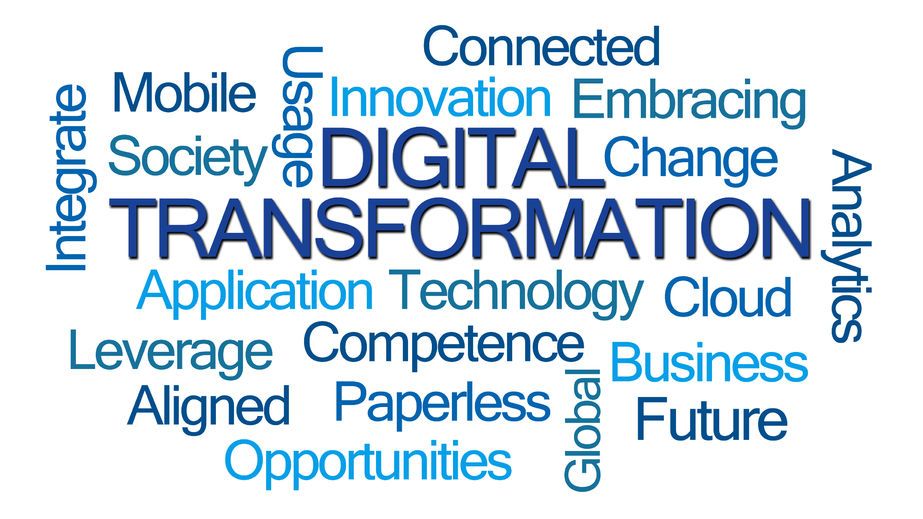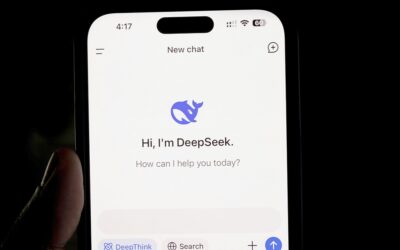Mumbai, July 27, 2018 — As organizations continue to embrace digital transformation, they are finding that digital business is not as simple as buying the latest technology — it requires significant changes to culture and systems. A recent Gartner, Inc. survey found that only a small number of organizations have been able to successfully scale their digital initiatives beyond the experimentation and piloting stages.
“The reality is that digital business demands different skills, working practices, organizational models and even cultures,” said Marcus Blosch, research vice president at Gartner. “To change an organization designed for a structured, ordered, process-oriented world to one designed for ecosystems, adaptation, learning and experimentation is hard. Some organizations will navigate that change, and others that can’t change will become outdated and be replaced.”
Gartner has identified six barriers that CIOs must overcome to transform their organization into a digital business.
Barrier No. 1: A Change-Resisting Culture
Digital innovation can be successful only in a culture of collaboration. People have to be able to work across boundaries and explore new ideas. In reality, most organizations are stuck in a culture of change-resistant silos and hierarchies.
“Culture is organizational ‘dark matter’ — you can’t see it, but its effects are obvious,” said Mr. Blosch. “The challenge is that many organizations have developed a culture of hierarchy and clear boundaries between areas of responsibilities. Digital innovation requires the opposite: collaborative cross-functional and self-directed teams that are not afraid of uncertain outcomes.”
CIOs aiming to establish a digital culture should start small: Define a digital mindset, assemble a digital innovation team, and shield it from the rest of the organization to let the new culture develop. Connections between the digital innovation and core teams can then be used to scale new ideas and spread the culture.
Barrier No. 2: Limited Sharing and Collaboration
The lack of willingness to share and collaborate is a challenge not only at the ecosystem level but also inside the organization. Issues of ownership and control of processes, information and systems make people reluctant to share their knowledge. Digital innovation with its collaborative cross-functional teams is often very different from what employees are used to with regards to functions and hierarchies — resistance is inevitable.
“It’s not necessary to have everyone on board in the early stages. Try to find areas where interests overlap, and create a starting point. Build a first version, test the idea and use the success story to gain the momentum needed for the next step,” said Mr. Blosch.
Barrier No. 3: The Business Isn’t Ready
Many business leaders are caught up in the hype around digital business. But when the CIO or CDO wants to start the transformation process, it turns out that the business doesn’t have the skills or resources needed.
“CIOs should address the digital readiness of the organization to get an understanding of both business and IT readiness,” Mr. Blosch advised. “Then, focus on the early adopters with the willingness and openness to change and leverage digital. But keep in mind that digital may just not be relevant to certain parts of the organization.”
Barrier No. 4: The Talent Gap
Most organizations follow a traditional pattern — organized into functions such as IT, sales and supply chain and largely focused on operations. Change can be slow in this kind of environment.
Digital innovation requires an organization to adopt a different approach. People, processes and technology blend to create new business models and services. Employees need new skills focused on innovation, change and creativity along with the new technologies themselves, such as artificial intelligence (AI) and the Internet of Things (IoT).
“There are two approaches to breach the talent gap — upskill and bimodal,” said Mr. Blosch. “In smaller or more innovative organizations, it is possible to redefine individuals’ roles to include more skills and competencies needed to support digital. In other organizations, using a bimodal approach makes sense by creating a separate group to handle innovation with the requisite skill set.”
Barrier No. 5: The Current Practices Don’t Support the Talent
Having the right talent is essential, and having the right practices lets the talent work effectively. Highly structured and slow traditional processes don’t work for digital. There are no tried and tested models to implement, but every organization has to find the practices that suits it best.
“Some organizations may shift to a product management-based approach for digital innovations because it allows for multiple iterations. Operational innovations can follow the usual approaches until the digital team is skilled and experienced enough to extend its reach and share the learned practices with the organization,” Mr. Blosch explained.
Barrier No. 6: Change Isn’t Easy
It’s often technically challenging and expensive to make digital work. Developing platforms, changing the organizational structure, creating an ecosystem of partners — all of this costs time, resources and money.
Over the long term, enterprises should build the organizational capabilities that make change simpler and faster. To do that, they should develop a platform-based strategy that supports continuous change and design principles and then innovate on top of that platform, allowing new services to draw from the platform and its core services.
Gartner clients can find more information in the research note “Six Barriers to Becoming a Digital Business, and What You Can Do About Them.” More information on digital business can be found in the Gartner Special Report “The Resilience Premium of Digital Business.” This collection of research focuses on how committing to resilience will equip a digital business with the mindset, resources and planning to recover from inevitable disruptions.









